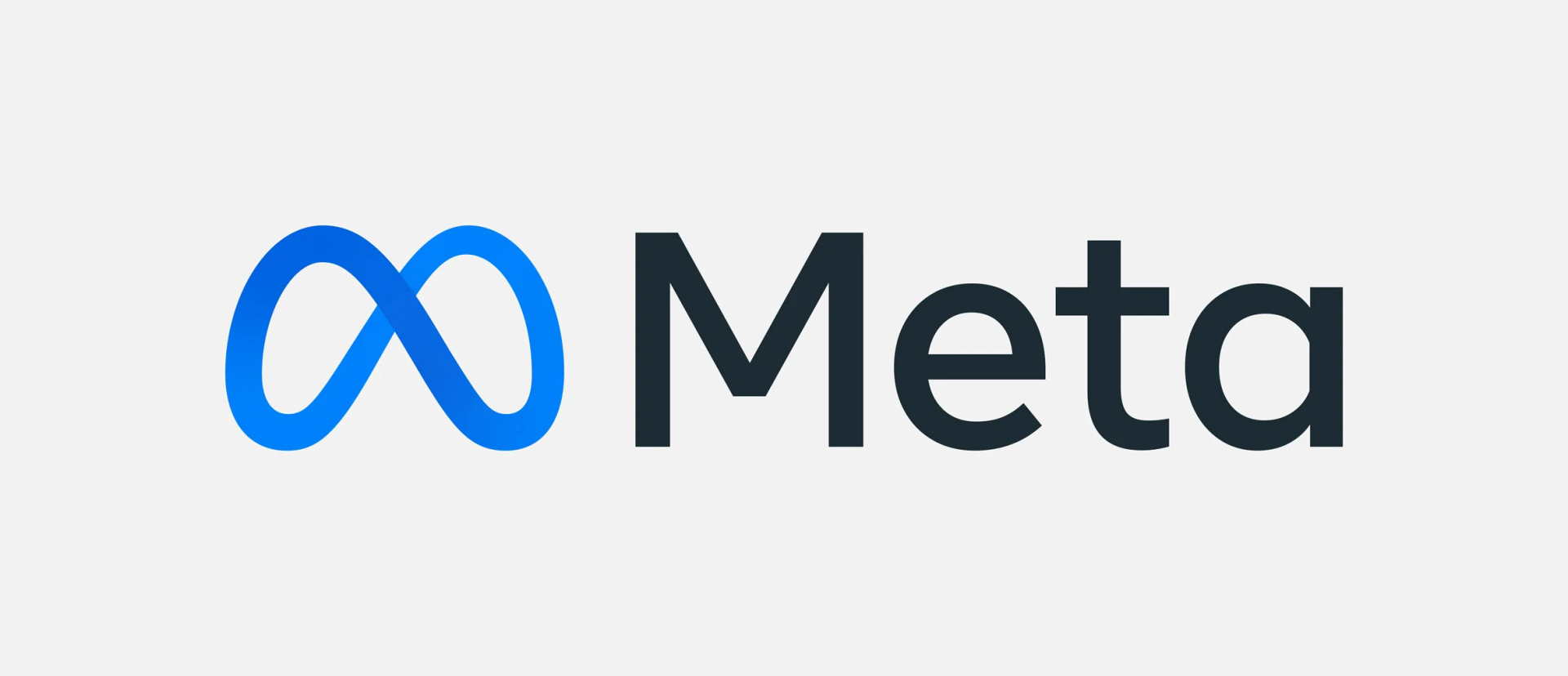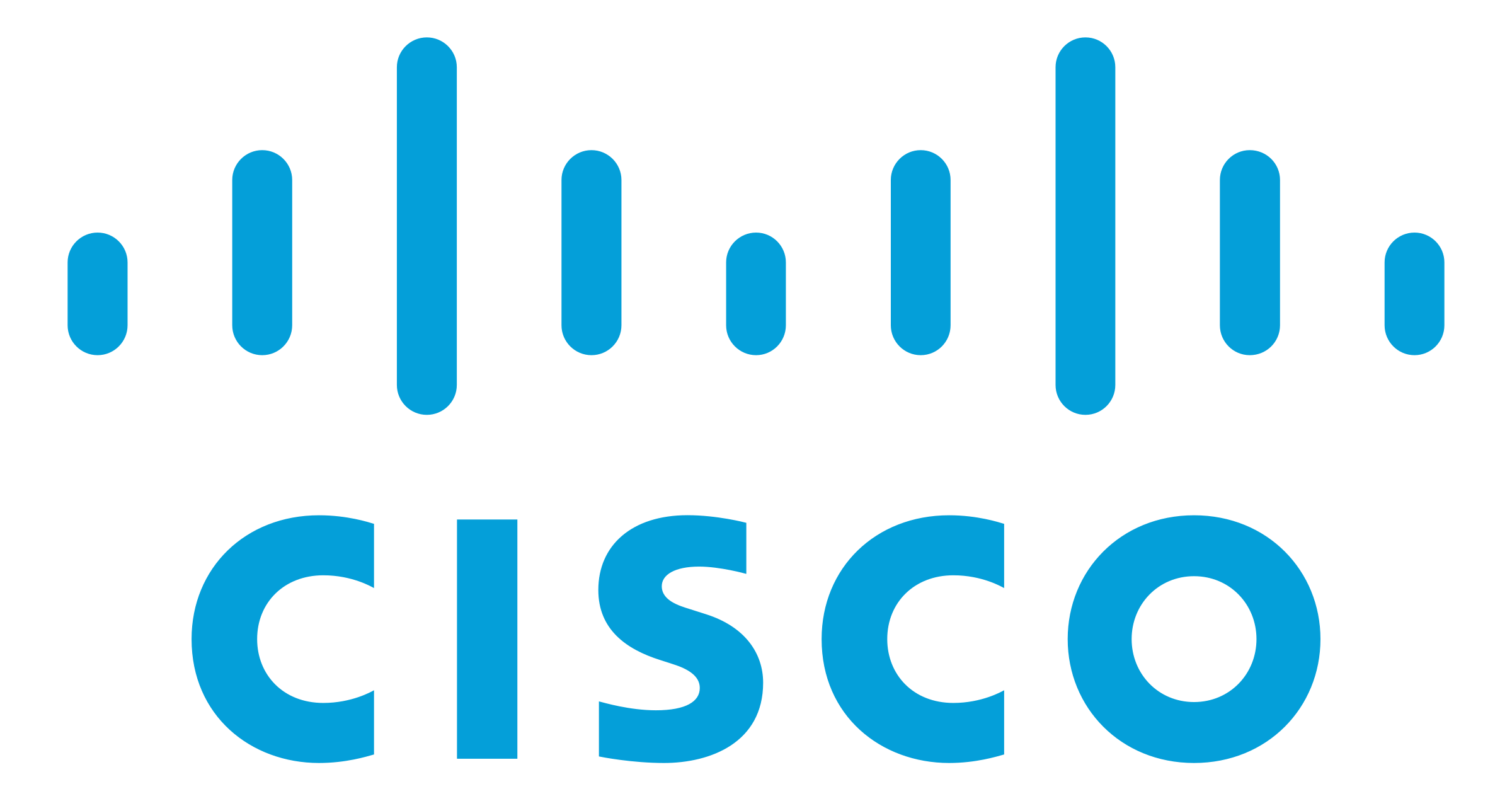Electronics & PCB Design Course 1-on-1 Mentorship Program
Become a High-Speed Board Designer in 30 days
Let’s face it: to get ahead as a hardware engineer you need a skill set that helps you stand out from the crowd.
If want to design your own hardware but you don’t know where to start, this is the course for you.
In the Pro Hardware Engineer Mentorship Program, Kirsch will break down everything you need to know to become an expert PCB designer in 8 hours of one-on-one mentorship and live training. Then you have two key projects to build (both high-speed PCBs) to solidify your knowledge. After that, there are more projects to expand your knowledge and practical experience so that employers and yourself know you can get the job done for any PCB design.
He will show you how to quickly and easily master the advanced skills necessary to design truly innovative PCBs in a fraction of the time it normally takes those who self-learn (3-5 years is typical, but our program only takes 30-60 hours. Mileage may vary).
In the Pro Hardware Engineer Mentorship Program, Kirsch will break down everything you need to know to become an expert PCB designer in 8 hours of one-on-one mentorship and live training. Then you have two key projects to build (both high-speed PCBs) to solidify your knowledge. After that, there are more projects to expand your knowledge and practical experience so that employers and yourself know you can get the job done for any PCB design.
He will show you how to quickly and easily master the advanced skills necessary to design truly innovative PCBs in a fraction of the time it normally takes those who self-learn (3-5 years is typical, but our program only takes 30-60 hours. Mileage may vary).
The Pro Hardware Engineer Bootcamp will teach you:
• The foundations of PCB design
• How to build multiple PCBs
• Mastering the DEPSI Framework
Completing the bootcamp will allow you to build PCBs in the real world that actually work!
You will gain firsthand knowledge about why and how hardware engineers build PCBs the way they do.
Throughout the bootcamp you will also receive full integrative support within each step of your PCB design journey.
You will gain firsthand knowledge about why and how hardware engineers build PCBs the way they do.
Throughout the bootcamp you will also receive full integrative support within each step of your PCB design journey.
In the Pro Hardware Engineer Bootcamp Kirsch will teach you how to apply IPC, DFM, EMI, EMC, SI, PI, Simulations, SMPS, PCB Stack-Ups, Gerbers, as well as High-Speed Digital Design.
So, what are you waiting for? This course is designed to take people from having zero experience in creating PCBs to the level required of a true professional freelancer working in the industry.
Your new future as a hardware engineer is out there waiting for you to design it!
Write your awesome label here.
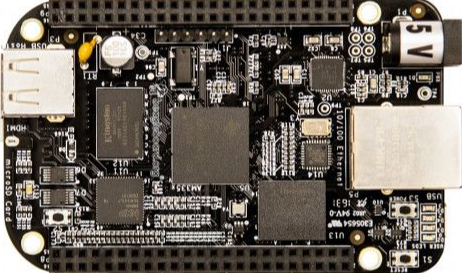
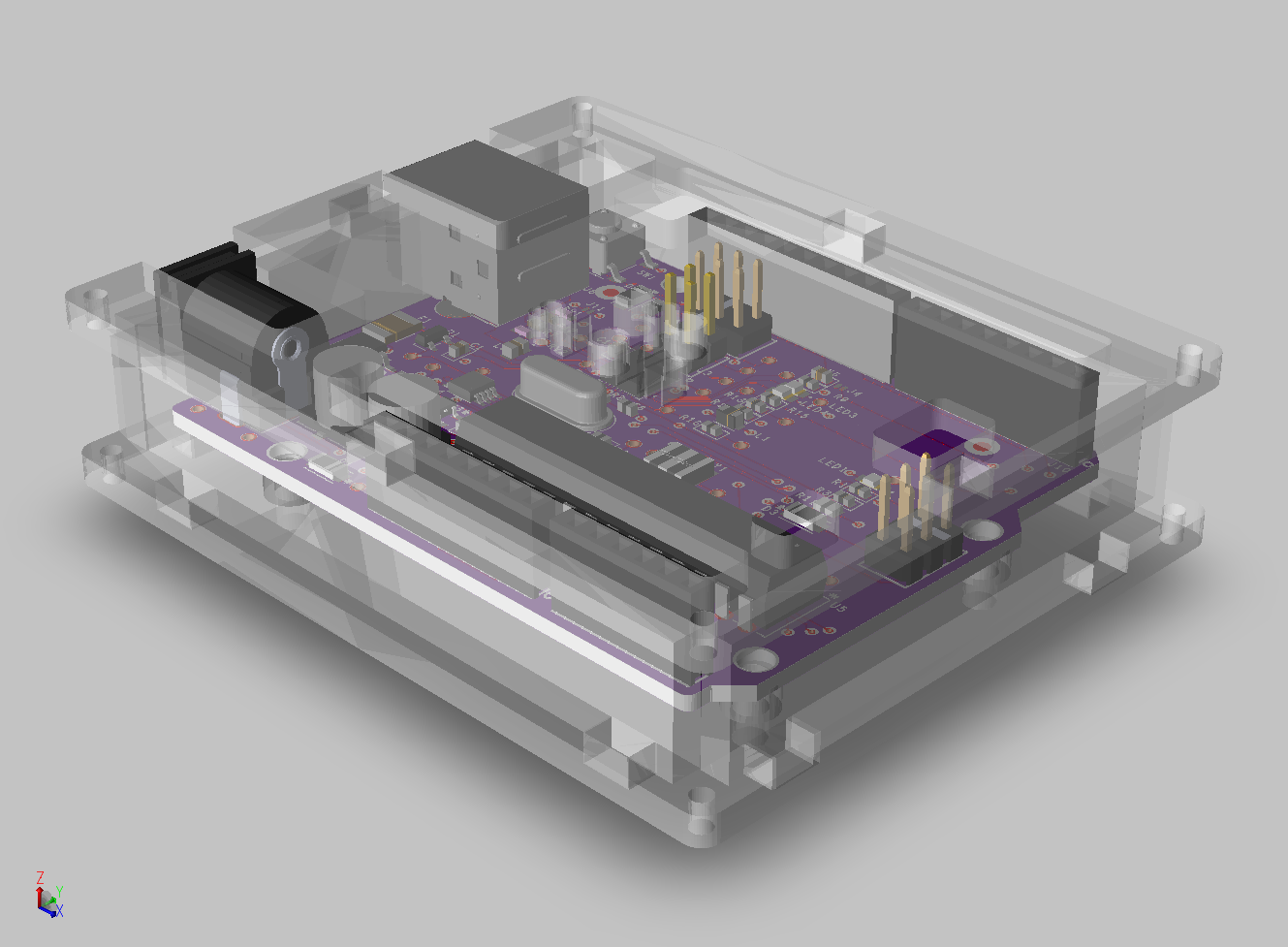
Look I'm going to be honest with you...
What's included?
-
Build your project portfolio by designing Multiple PCB Projects (multi-layer, low speed and high speed boards) that attract employers to want to hire you
-
Understand PCB design principles and hardware principles so that you can design and analyze any printed circuit board.
-
70+ Hours of Video Training and documentation so that you can find the information you're looking for at any time.
-
Our 10-Phase design guide and 140+ step checklist so you never make a design mistake again
-
Certification from HaSofu so that companies and employers know you design to top standards.
Be a Pro Hardware Designer
- You'll be able to contribute to your team starting from day 1, as Kirsch will quickly take you through a design from start to finish in 2 hours.
- You will be able to handle design updates and reviews in your new job as a hardware engineer or PCB designer without issues.
- Gain true deep knowledge and know the why behind every design decision, knowing that you're doing the work right and according to best practices and standards for signal integrity & EMI
PCB Reviews & Private Group
- Kirsch Mackey will give you real world feedback on your design.
- You hand in designs for review, get feedback from real world manufacturers on things to change
- You'll also be able to understand PCB layout based on physics and principles, not just on copy and paste.
- Once you can design from principles, you can handle any design.
Learners
Assignments
Hours
Videos
This Class is Taught by Kirsch Mackey - Speaker at PCB West
Kirsch has always dedicated himself to learning the math and physics behind how the world works, then trusting those to fuel his engineering decisions. Kirsch also learns from the most trusted experts in the field, such as:
- Rick Hartley
- Dr. Eric Bogatin
- Lee Ritchey
- Kraig Mitzner
- Robert Feranec
- other trusted experts in the field
Combined knowledge and experience from the greats, guides, 8 years of trial and error, and having taught over 300 people in person (undergraduate students to working professionals), Kirsch Mackey has put the core training and expertise into a practical design program that focuses on combining the principles, physics, standards and best practices into execution in a way that cuts the learning curve by a factor of 10.
Due to special lesson planning and learning techniques weaved into the hardware design content process, a skill that used to take years to develop through self-study just to be able to compete in the job market can now be accomplished in weeks.
This is due to the fact that Kirsch Mackey has over 15 years of experience in tutoring and teaching math, physics and hardware design, transferring knowledge to others in ways they can understand at the fundamental level, that empowers them to make their own design decisions without doubt.
And if there still is any doubt, the HaSofu 140+ step cheat sheet will make it impossible for you to miss a step in the first-time-right design process.
Due to special lesson planning and learning techniques weaved into the hardware design content process, a skill that used to take years to develop through self-study just to be able to compete in the job market can now be accomplished in weeks.
This is due to the fact that Kirsch Mackey has over 15 years of experience in tutoring and teaching math, physics and hardware design, transferring knowledge to others in ways they can understand at the fundamental level, that empowers them to make their own design decisions without doubt.
And if there still is any doubt, the HaSofu 140+ step cheat sheet will make it impossible for you to miss a step in the first-time-right design process.
Write your awesome label here.
Companies Our Students Have Interviews and Offers From
REVIEWS
Here's What Our Students Have to Say
Dismas Too
Hardware Engineering Intern at Teradyne
"I think at some point I was getting depressed because I couldn't secure [an] internship🤦🏾♂️. Luckily I got an offer letter yesterday."
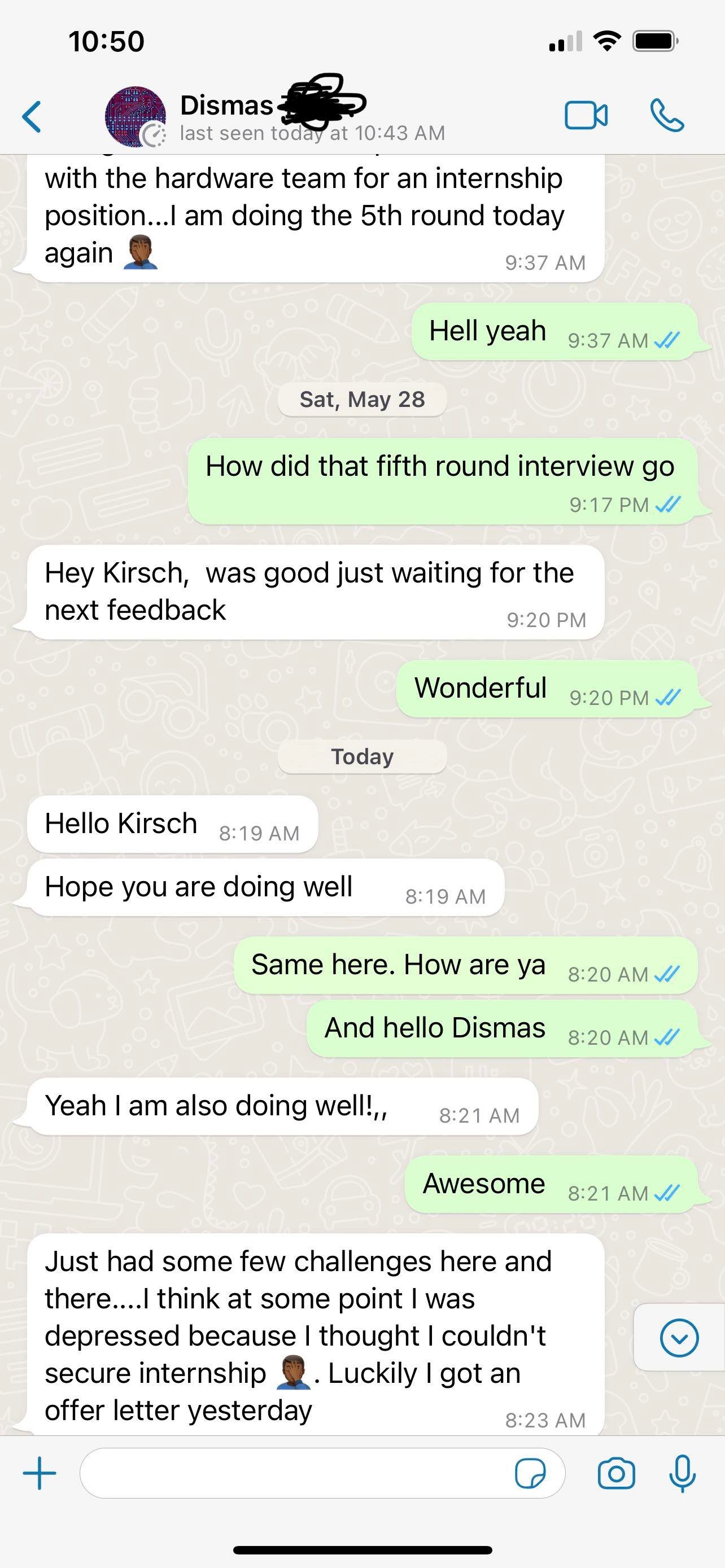
Kaitlyn Nakamura
Electrical Engineering Intern at L3Harris Technologies
"Like I said, I fully believe that you were the reason I got this Job"
See Kaitlyn's review below
Parimal Patel
"Can’t pinpoint why, but for some reason prior to starting this bootcamp, I always thought EMI/SI/multiple layers was a “scary and complex” topic.
Maybe because I did horrible in EMAG 101 during college and never understood or cared for the purpose of what a wave guide was.
Maybe because I did horrible in EMAG 101 during college and never understood or cared for the purpose of what a wave guide was.
Your teaching style and your introduction to these topics were very helpful and easy to grasp. (I barely needed to take notes, I was able to “absorb” the material with a couple of replays.)
Layout is also becoming less complicated (and a bit of fun) now that I know there is a reason for specific ways of routing, adding the various types of vias and the different strategies of stacking planes.."
Layout is also becoming less complicated (and a bit of fun) now that I know there is a reason for specific ways of routing, adding the various types of vias and the different strategies of stacking planes.."
Fithawi Weldegebriel
"I wanted to share with you the good news. I received an offer as a PCB Layout Engineer, and I have accepted the offer.
Thank you so much for your support. Your courses and advice are the ones that helped me land this job. Thank you for making those videos in your program that were related to this job application without hesitation.
I hope you continue to share your knowledge and experience because I will be taking notes."
Thank you so much for your support. Your courses and advice are the ones that helped me land this job. Thank you for making those videos in your program that were related to this job application without hesitation.
I hope you continue to share your knowledge and experience because I will be taking notes."
Jake Jacobsen
Senior RF Engineer, Australia
"I have learnt so much these past few weeks...the material has been totally awesome...rewarding; challenging; stimulating; comprehensive, even exhilarating ... you really are helping me unpack the OrCAD/Cadence-Allegro PCB Editor "tool box" in a very systematic and detailed manner...good job Kirsch...GREAT training material. You've really put together something special here, Kirsch."
Regards,
Jake
Roy Roif
Hardware Design Engineer at Airspan Networks
"Highly recommended course."
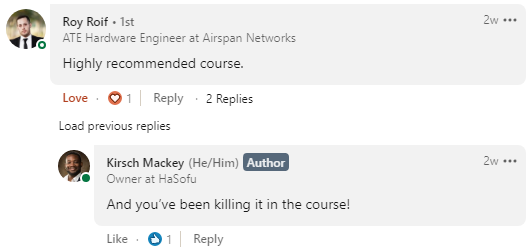
Lesson series
Design from Beginner to Advanced
Write your awesome label here.
The #1 Course to Land Among the Top Roles in Hardware Design Globally. All necessary tools are included to eliminate confusion around gaining that confidence as a PCB design and as a hardware design engineer.
Frequently asked questions
How long is the training exactly?
The training is about 80 hours of video lessons. You also get PDF guides, design checklists and more.
The program costs a lot and is out of my budget right now. Any way to bridge this gap?
The program is an all-in-one solution and the value of the training will pay for itself within 4 weeks once hired as a hardware engineer in the USA, since you'll be earning at least $95,000 to 104,000 per year starting and your salary only increases (e.g. a hardware engineer role at Meta should command $160,000 or more in the Bay Area). So it's worth at least $20,000 to change your life forever.
However, we're aware that not everyone has a ton of savings lying around for training and that managers might not invest in it for their employees.
So if you're serious about enrolling on a call, we can make arrangements and payment plans. However, the program and what it offers stays at the current price ($2000 for lifetime access to core video training + $1000 for the VAULT).
However, we're aware that not everyone has a ton of savings lying around for training and that managers might not invest in it for their employees.
So if you're serious about enrolling on a call, we can make arrangements and payment plans. However, the program and what it offers stays at the current price ($2000 for lifetime access to core video training + $1000 for the VAULT).
What IS the program exactly? An online course? Coaching? Classes?
The program has 3 major components:
1. Our core video training (Course) (60 mandatory hours of video training + 20 hours of optional video training). Detailing step-by-step how to build printed circuit boards the right way.
2. Four 30-minute 1-on-1 support (Coaching) meetings so that you have checkpoints after project 2, project 3, project 4 and project 5, so that you actually finish the training and get the push you need to stay accountable to your goals and success.
3. HaSofu VAULT - A collection of guides, documents, standard operating procedures and complete custom manuals that cut to the chase with using your ECAD software tools.
1. Our core video training (Course) (60 mandatory hours of video training + 20 hours of optional video training). Detailing step-by-step how to build printed circuit boards the right way.
2. Four 30-minute 1-on-1 support (Coaching) meetings so that you have checkpoints after project 2, project 3, project 4 and project 5, so that you actually finish the training and get the push you need to stay accountable to your goals and success.
3. HaSofu VAULT - A collection of guides, documents, standard operating procedures and complete custom manuals that cut to the chase with using your ECAD software tools.
4. BONUS: Life time access to the core video training (6 PCB projects + items in the VAULT) as it evolves.
**Career support is not available for this program/course. That will be available in the future as a separate package.
**Career support is not available for this program/course. That will be available in the future as a separate package.
How long is the video training specifically?
The training is 80 hours of video lessons. You also get PDF guides, design checklists and more.
How long would it take for me to finish the training?
Assuming you pause and play the videos and follow along with your own software tools, then double the hours of video.
So, 60 hours of video will be 120 hours (you watching video combined with doing what's in the videos).
If you spend 10 hours per week on this program, you'll be done with all the material in 12 weeks (3 months).
So, 60 hours of video will be 120 hours (you watching video combined with doing what's in the videos).
If you spend 10 hours per week on this program, you'll be done with all the material in 12 weeks (3 months).
I've laid out PCBs before. Do I need the whole thing?
Yes. You do. The majority of people we talk to who have designed PCBs have not taken proper consideration of designing for assembly, cost, test, fabrication, etc. weaved into their process, and especially not in the way we teach it.
Designing high-speed printed circuit boards requires significantly more knowledge, work and effort than most engineers realize or communicate. This is why, on average, it will take 2-3 years of industry experience to hope to become independently ready as a designer. Then 2-3 more years after that to be considered a professional. Then 5 more years to become senior.
You also need signal integrity, EMI and other foundational knowledge and skills and know when to apply them. Industry PCB design for products at scale is an entirely different ballgame.
Also, no other training has the Kirsch METT method to rapidly understanding and executing on PCB design, along with our 140 step 10-phase system presented at PCB West. More importantly, being able to categorize the things you learn from any other training you do in hardware design. So you won't ever feel like you're drinking from a firehose again, regardless of any YouTube videos, courses, books, etc. you're watching or reading. There's not more figuring out where it fits and why it matters. For a high-level explanation, watch this video where I explain the method.
The truth is, all domains of physics play critical roles in designing hardware products that work. Having an integrated holistic approach to designing these products is the only way to keep up with the complexity while also reducing the design cycles and being among the top of hardware engineers in your field.
Designing high-speed printed circuit boards requires significantly more knowledge, work and effort than most engineers realize or communicate. This is why, on average, it will take 2-3 years of industry experience to hope to become independently ready as a designer. Then 2-3 more years after that to be considered a professional. Then 5 more years to become senior.
You also need signal integrity, EMI and other foundational knowledge and skills and know when to apply them. Industry PCB design for products at scale is an entirely different ballgame.
Also, no other training has the Kirsch METT method to rapidly understanding and executing on PCB design, along with our 140 step 10-phase system presented at PCB West. More importantly, being able to categorize the things you learn from any other training you do in hardware design. So you won't ever feel like you're drinking from a firehose again, regardless of any YouTube videos, courses, books, etc. you're watching or reading. There's not more figuring out where it fits and why it matters. For a high-level explanation, watch this video where I explain the method.
The truth is, all domains of physics play critical roles in designing hardware products that work. Having an integrated holistic approach to designing these products is the only way to keep up with the complexity while also reducing the design cycles and being among the top of hardware engineers in your field.
Is it even possible to learn all this in such a short time?
Learning industry-level PCB design can often take a long time, much like mastering our native tongue. The typical haphazard unstructured approach has its benefits though. For instance, it helps us to know what we do know in greater detail than just getting head knowledge from study alone.
However this method of learning is lengthy and requires significant amounts of practice over multiple years before true mastery is achieved - similar to the comprehensive education that anyone learns through primary schooling when exposed extensively to their domestic language.
However this method of learning is lengthy and requires significant amounts of practice over multiple years before true mastery is achieved - similar to the comprehensive education that anyone learns through primary schooling when exposed extensively to their domestic language.
PCB design has been a time-consuming, intensive process in the past. However, we have developed an innovative approach to learning this skill that is more organized and purposeful - with essential information given at optimal times for improved absorption, instead of getting bombarded with a ton of information that pretty much tells you what you didn't know, but not how to integrate the principles in any situation.
However, by taking advantage of our new method could reduce your learning by up to tenfold. Instead of spending thousands of hours honing your experience, you can achieve proficiency within months! Additionally, it's important that you not just understand one or two designs but are able to bring something unique into each individual project as well. And that requires depth of study and practice. Not firehose education.
However, by taking advantage of our new method could reduce your learning by up to tenfold. Instead of spending thousands of hours honing your experience, you can achieve proficiency within months! Additionally, it's important that you not just understand one or two designs but are able to bring something unique into each individual project as well. And that requires depth of study and practice. Not firehose education.
Immerse yourself in the world of PCB design and learn the Kirsch Method - featuring 90% of training programs, books and industry knowledge currently available. Take your skills to a new level with this program; don't leave success up to chance like I did.
Our program is designed to empower you with the skills and knowledge necessary for a successful career in industry, eliminating years of missed opportunities and failed interviews and products. Learn physics-based principles along with best practices that have been implemented over the past decade at HaSofu and BK Technology—standards already established by those who came before us! Now's your chance to get ahead without all the stress or risk.
How is your program different from what's already out there?
Let me ask you this...if you've ever taken training in engineering you've likely had one of these scenarios:
1. You can apply the training to a board similar to the one you were taught, but if it's a new board, you're unsure which knowledge to transfer to the new design. You risk becoming a copy-paste hardware engineer. Only being able to design what you've been taught to design. Not any board you want to design. OR
2. Maybe you've come across amazing training that covers principles in design, but there aren't sufficient practical aspects in the training for you to build something based just on those principles. OR
3. Perhaps you find training that teaches you how to use ECAD software to lay out a printed circuit board, but you don't know when you will actually use some of what you're being taught or why it matters or how to lay out the board. OR
4. Maybe the training covers both ECAD software and the PCB design process they use and some principles, but there is not enough about the industry standards for mass production design at scale.
So, you're left with no choice but to scour the internet, read books from the experts, do a lot of boards and courses, and spend about 3-4 years of your life combining all this for yourself.
Well...for those who don't want to have to do all that on their own...our program combines all these, weaves them into the training and adds intentional rapid learning techniques to the training as well, so it's not just another mega course that throws a bunch of information at you.
You're taught in a way that allows you to apply principles at any time. Not just copy and paste. You become the principles-based hardware engineer and not a copy-paste engineer.
If you're in doubt, then ask yourself this: how can a hardware engineer with 5 years experience creating a bunch of different boards, and still make a mistake on layout or designs...but a 3D field solver that has never designed a PCB in its entire knows how to vet any design?
That's because the 3D field solver doesn't need to design a board to know if it will work. As long as the laws of physics are still being followed, the solver will analyze and spit out the correct answers (aside from mismatch in the real world vs simulated models of course).
Now imagine having a 3D field solver installed in your head so that you design a board right from the beginning, knowing which steps to take before things become a problem due to layout.
That's what our program does. It installs that 3D field solver in your head, with checklists and training so that you are independent fast, not in 3-5 years.
Become like the 3D field solver who can see hardware design and education in 3D doing preventative design at will for any board, and not just thinking in 2D, just copying and pasting best design practices and hoping for the best.
On top of combining knowledge from trusted sources and lab experience, this is the only program in hardware design we know of where at least 3 different deliberate hyper learning techniques are interwoven into the training. It makes a huge difference by a factor of ten in the learning curve, compared to training that doesn't go the extra 15 miles in lesson planning. This lesson planning, not just hardware design knowledge is what we enjoy.
Final Note on Other Courses...
The majority of other training programs in hardware design are actually amazing (I've taken most of them), so we encourage you to take them, just like we do. However, we've intentionally supercharged our training methods for rapid learning of hardware design, not just more information. It's especially for those who want to learn fast and digest the concepts deeply, like a set of university courses planned to build on top of your fundamentals, but with materials that's actually used in industry so that you start/skill up your new career sooner than later. (or so that you can design your own products that you know will work and why).
This program serves at a foundation for all other hardware training programs. You will understand other courses 10 times more clearly and in depth when you do them, because you know where to include them in our HaSofu system of hardware design education.
1. You can apply the training to a board similar to the one you were taught, but if it's a new board, you're unsure which knowledge to transfer to the new design. You risk becoming a copy-paste hardware engineer. Only being able to design what you've been taught to design. Not any board you want to design. OR
2. Maybe you've come across amazing training that covers principles in design, but there aren't sufficient practical aspects in the training for you to build something based just on those principles. OR
3. Perhaps you find training that teaches you how to use ECAD software to lay out a printed circuit board, but you don't know when you will actually use some of what you're being taught or why it matters or how to lay out the board. OR
4. Maybe the training covers both ECAD software and the PCB design process they use and some principles, but there is not enough about the industry standards for mass production design at scale.
So, you're left with no choice but to scour the internet, read books from the experts, do a lot of boards and courses, and spend about 3-4 years of your life combining all this for yourself.
Well...for those who don't want to have to do all that on their own...our program combines all these, weaves them into the training and adds intentional rapid learning techniques to the training as well, so it's not just another mega course that throws a bunch of information at you.
You're taught in a way that allows you to apply principles at any time. Not just copy and paste. You become the principles-based hardware engineer and not a copy-paste engineer.
If you're in doubt, then ask yourself this: how can a hardware engineer with 5 years experience creating a bunch of different boards, and still make a mistake on layout or designs...but a 3D field solver that has never designed a PCB in its entire knows how to vet any design?
That's because the 3D field solver doesn't need to design a board to know if it will work. As long as the laws of physics are still being followed, the solver will analyze and spit out the correct answers (aside from mismatch in the real world vs simulated models of course).
Now imagine having a 3D field solver installed in your head so that you design a board right from the beginning, knowing which steps to take before things become a problem due to layout.
That's what our program does. It installs that 3D field solver in your head, with checklists and training so that you are independent fast, not in 3-5 years.
Become like the 3D field solver who can see hardware design and education in 3D doing preventative design at will for any board, and not just thinking in 2D, just copying and pasting best design practices and hoping for the best.
On top of combining knowledge from trusted sources and lab experience, this is the only program in hardware design we know of where at least 3 different deliberate hyper learning techniques are interwoven into the training. It makes a huge difference by a factor of ten in the learning curve, compared to training that doesn't go the extra 15 miles in lesson planning. This lesson planning, not just hardware design knowledge is what we enjoy.
Final Note on Other Courses...
The majority of other training programs in hardware design are actually amazing (I've taken most of them), so we encourage you to take them, just like we do. However, we've intentionally supercharged our training methods for rapid learning of hardware design, not just more information. It's especially for those who want to learn fast and digest the concepts deeply, like a set of university courses planned to build on top of your fundamentals, but with materials that's actually used in industry so that you start/skill up your new career sooner than later. (or so that you can design your own products that you know will work and why).
This program serves at a foundation for all other hardware training programs. You will understand other courses 10 times more clearly and in depth when you do them, because you know where to include them in our HaSofu system of hardware design education.
I'm interested but the price is a bit high for me. Do you offer payment plans?
Yes we do. You apply with our various partners for a personal loan, the bank pays us, and you pay the bank back as little as you'd like that works for you at the time. Exactly how one would finance a car or college. We do prioritize working with people who are fed up with not having the practical skills, possibly failing interview after interview in this specific field. However, even if you just want to join our email list for now, then ask questions about the program over time, we're here to help.
Will I run into issues and will I have support? Do I need calculus or advanced math to learn this material? Do I need a degree first?
You don't need any strong foundational knowledge to take the course. Just an interest in electronics and hardware and an interest in understanding physics in an intuitive way. I teach you what you need to know, hence why the program is a bit on the pricey side. I'm an instructor of electrical and electronics engineering at the University of Arkansas, so I teach you whatever you need to know (after we assess your skillset)
If you have any questions, we get those answered within 48 hours. Oftentimes within 24 hours and directly within the course lesson.
If you have any questions, we get those answered within 48 hours. Oftentimes within 24 hours and directly within the course lesson.
Is the course Live or Self-Paced?
The course is completely self-paced and we do 24 hours of 1-on-1 sessions to accelerate your growth through the program at an alarming rate, but in such a way that you still gain deep understanding of PCB design, not just get firehosed with a lot of things you don't know. I've paid special care to share certain information at the right and exact time needed for proper digestion of the material. No notes necessary!
You will also have pre-recorded videos and documents and checklists to teach you everything, should you choose to focus on the self paced option for as long as you'd like (you don't have to do the live one-on-one option at the beginning or at all, but you'd be progressing to your goal more slowly.
Since you have the program for life, special requests can be made to add more videos. The mentorship part is on-demand and exclusive to you. Not in a group. There I accelerate your learning tenfold, and also garner excited me
You will also have pre-recorded videos and documents and checklists to teach you everything, should you choose to focus on the self paced option for as long as you'd like (you don't have to do the live one-on-one option at the beginning or at all, but you'd be progressing to your goal more slowly.
Since you have the program for life, special requests can be made to add more videos. The mentorship part is on-demand and exclusive to you. Not in a group. There I accelerate your learning tenfold, and also garner excited me
How is the training structured?
Right now the course is live one-on-one tutoring and training to get you finishing your first high-speed PCB in 24 hours or less.
It also has pre-recorded videos that let you digest information more slowly and shows you how to design 6 PCBs from scratch, adhering to designing with Manufacturing, Signal Integrity, EMI, and high-speed constraints.
It also has pre-recorded videos that let you digest information more slowly and shows you how to design 6 PCBs from scratch, adhering to designing with Manufacturing, Signal Integrity, EMI, and high-speed constraints.
Which software is this course taught in?
This course is taught in Cadence OrCAD v17.4. Then sometime 2024, OrCAD X, Altium Designer, KiCAD 8 and PADS Professional. You'll get all versions.
Meet the instructor
Kirsch Mackey
Kirsch Mackey has been an electrical and electronics engineer since 2013. He has both his Masters and Bachelors Degrees in Electrical and Electronics Engineering and is working on his Ph.D. in Electrical Engineering, combining machine learning and data with control theory (PI, PID and state space modeling, optimal control etc.)
As a result, Kirsch had to learn hardware to the expert level in order to do justice to his control projects. He has been teaching PCB design in Allegro & OrCAD for over 6 years.
Kirsch enjoys teaching all levels and all backgrounds from middle school straight up to the senior level. He looks forward to meaningful and effective content with all students to develop their electrical and electronics engineering design skills.
As a result, Kirsch had to learn hardware to the expert level in order to do justice to his control projects. He has been teaching PCB design in Allegro & OrCAD for over 6 years.
Kirsch enjoys teaching all levels and all backgrounds from middle school straight up to the senior level. He looks forward to meaningful and effective content with all students to develop their electrical and electronics engineering design skills.
Patrick Jones - Course author
Guaranteed Security using one of the most advanced encrypted systems on the market.
The information in this page is being processed and encrypted securely using industry-leading encryption and fraud prevention tools.
Serious about Enrolling but still have questions? Fill Out the Application and Book a Call and we'll get you enrolled in the program.
Contact details
Get in touch
Address
Austin, Texas
Phone
+1-972-559-9232
E-mail
kirsch@hasofu.com
Hours of operation
Monday - Friday 9.00 - 5.00 CST
Thank you!



